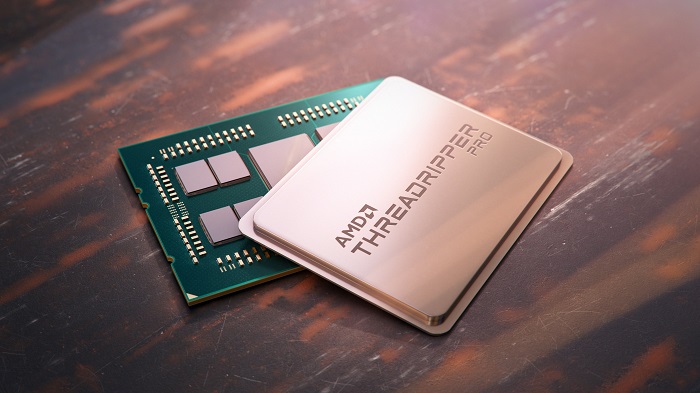How To Choose The Best Workstation Processors For Gaming
Workstation, an elite presentation PC framework that is fundamentally intended for a solitary client and has advanced design abilities, enormous capacity limit, and a strong focal handling unit.
The organization the board workstation capacities perform authoritative assignments on a neighborhood or distant workstation. Just a client or application with administrator bunch participation, on a neighborhood or far off server, can perform authoritative errands on a workstation to control its activity, client access, and asset sharing.
A workstation processor that succeeds at gaming isn’t generally the best CPU assuming your responsibility is efficiency centered. As a matter of fact, as profoundly strung CPUs become more normal, gaming CPUs and work CPUs are progressively unique silicon monsters, making it harder to pick which CPU is awesome for your responsibility. So we’ve assembled a rundown of processors addressing the best value for your money in like manner efficiency assignments, in light of our long periods of benchmarking and testing information.
Not all workstations are made equal. What you’ll find under the cap shifts by make and model. What’s more, obviously your situation will be unique relying upon whether the workstation is configurable — and the number of design choices you can look over. The following are 10 highlights you’ll need to search for.
1. Strong Handling
Gotten from server processors, workstation processors are commonly enhanced for workstations, giving quicker reaction times and better illustrations, as well as application affirmation, for example, for CAD and Adobe frameworks. Search for a workstation with the adaptability to meet the handling needs of your particular jobs. (Deeply) to the Intel® Xeon® W-2195 Processor (2.3 GHz, up to 4.3 GHz w/Turbo Boost, 24.75 MB store, 18 core)1.
2. GPU
Whether you’re sending monetary reports or a component film to the showcase, your workstation needs to help the visual result you really want. With a discrete or coordinated GPU advanced for workstations, the CPU doesn’t need to fill in as it is difficult to handle screen yield. Truth be told, the GPU can take a portion of the heap off the CPU, speeding up handling significantly more. It can likewise better handle equal registering issues.
3. More than Adequate Memory
Superior execution applications frequently make huge memory impressions. Your workstation ought to give you the adaptability to address the current issues, be it 4 GB of memory in a section level pinnacle or 768 GB in a very good quality machine.
4. ECC RAM
Mistake rectifying code (ECC) memory is an absolute necessity to give soundness to workstation applications that depend on high-esteem information. ECC RAM fills in as an insurance contract, safeguarding against framework accidents and information defilement by distinguishing and proactively adjusting single-digit memory blunders before they get an opportunity to unleash ruin.
5. High-Limit Capacity
Laborers in each significant industry are covered in monstrous records, running monetary models, planning aviation parts, controlling 3D pictures and performing different information rich errands that were once the space of various PCs or servers. Your workstation ought to give the TBs of capacity limit that weighty responsibilities frequently require — and give you the headroom to grow.
Single Versus Double Processor Workstations
A typical inquiry that emerges while designing an elite execution workstation is whether to go with a solitary or double processor framework. There are for the most part two circumstances where it’s a good idea to go with double processors.
(A) You want the Greatest Measure of Centers
Assuming you are utilizing programming that is intended to use each center in your framework (known as “multi-strung”), then maximize how many centers will give the best presentation.
For example, Solid Angle Arnold is a CPU-based conveying application that scales straightly as extra focuses are added.
(B) You Truly Need High Clock Speed and an Excessive Proportion of Focus
Assuming that you are making use of programming wherein a few undertakings depend upon one processor center (referred to as “single-strung”) and different errands depend on just various centers, then having a harmony among centers and clock speed will give the best exhibition.
For instance, in AutoCAD, errands, for example, 2D Design and 3D demonstrating depend just on one CPU center while different assignments like delivering depend on numerous centers. Along these lines you need to have both high clock speed and a lot of centers.




